I agree. If we had seen these photos first, I would have given a very different opinion, the first round of photos made it look like all of the parging or pointing was gone.
I'm no chimney pro, but if this were mine, I'd leave that parging alone, and just re-point the exterior. You're already taking care of the brick courses up top, and can address the missing interior pointing from above at that time.
There are likely hundreds of photos of my house and multiple chimneys on this forum, to the point where the regulars are probably getting tired of seeing them. I have five chimneys containing nine flues, although I am only presently using one flue each in four of the chimneys, two being for wood stoves. Three of the four were recently shown in this post:
Hi all, getting my fp25 installed Oct. 10 and looking for ideas on mantels and hearth. I will post all pics of the build soon. TIA

www.hearth.com
The one of which I was speaking earlier is this one, which like yours is stone, and also has a brick replacement above the roofline. It measures 5 feet by 8 feet exterior, and I could likely crawl up thru it. There are three thimbles tied into it, one from the basement in a separate flue that joins the main flue at second floor level, and then fireplace and thimble on first floor, and another thimble on second floor. I'm just using it as a mechanical chase for an insulated liner. That fireplace is shown in this thread:
Hi, I’m looking to put a wood stove into this fireplace, the house was built in 1775 and would like something that fits the house. The dimensions of the fire place are 78”x36”x27” I have a wood stove insert in the living room that heats that area but I’m looking to generate a lot of heat with...

www.hearth.com
What's not shown there is the chimney, which I'll attach here.
First, a view of either side of the fireplace, after I removed the failing interior stucco in the firebox, although you can see it remains above the lintel and above the lockers on either side.
View attachment 248533 View attachment 248534
Here's a photo taken in the 4th floor attic, showing where the chimney transitions from stone to brick. This appears to be a later repair or cosmetic change, not original.
View attachment 248538
Here's a view of that chimney from the back of the house. You can also see the chimney for the other stove in the old summer kitchen (now a sun room) to the left, which contains another wood stove.
View attachment 248537


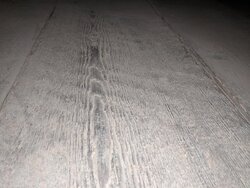

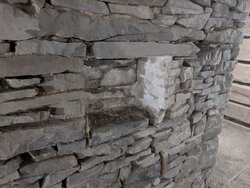
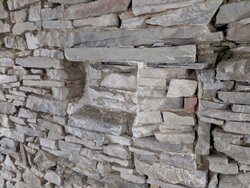
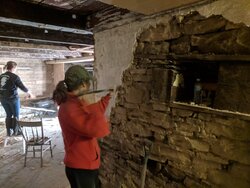
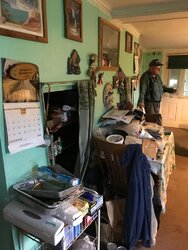
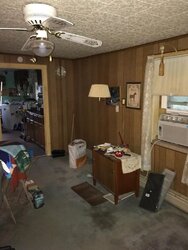
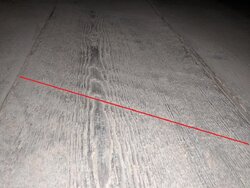
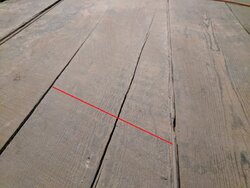
 different styles for different times I guess. If I knew everything we were getting into when we bought it that would have made it a lot more difficult but we won't trade it when we're done.
different styles for different times I guess. If I knew everything we were getting into when we bought it that would have made it a lot more difficult but we won't trade it when we're done.